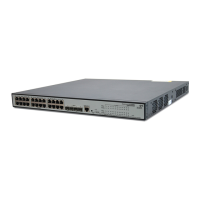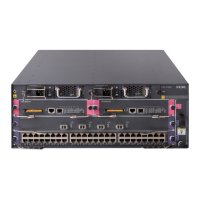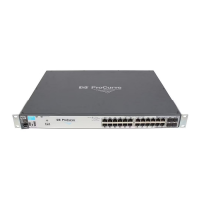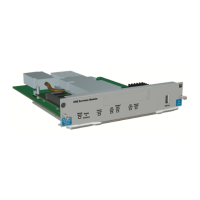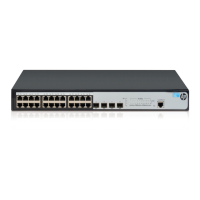146
VLAN interface configuration
NOTE:
For more information about VLANs, see the chapter “VLAN configuration.”
For hosts of different VLANs to communicate, you must use a router or Layer 3 switch to perform layer 3
forwarding. To achieve this, VLAN interfaces are used.
VLAN interfaces are virtual interfaces used for Layer 3 communication between different VLANs. They do
not exist as physical entities on devices. For each VLAN, you can create one VLAN interface. You can
assign the VLAN interface an IP address and specify it as the gateway of the VLAN to forward the traffic
destined for an IP subnet different from that of the VLAN.
Configuring VLAN interfaces
Configuration task list
Perform the tasks in Table 55 to configure a VLAN interface:
Table 55 VLAN interface configuration task list
Task Remarks
Creating a VLAN interface
Required
Create a VLAN interface. You can select to assign an IPv4 address to the
VLAN interface in this step or in a separate step.
Before creating a VLAN interface for a VLAN, create the VLAN first (select
Network > VLAN). For more information about the configuration procedure,
see the chapter “VLAN configuration.”
Modifying a VLAN interface
Optional
Assign an IPv4 address to the VLAN interface, and shut down or bring up
the VLAN interface.
Creating a VLAN interface
Select Network > VLAN Interface from the navigation tree and click the Create tab to enter the page
shown in Figure 134.
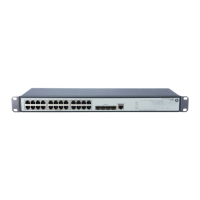
